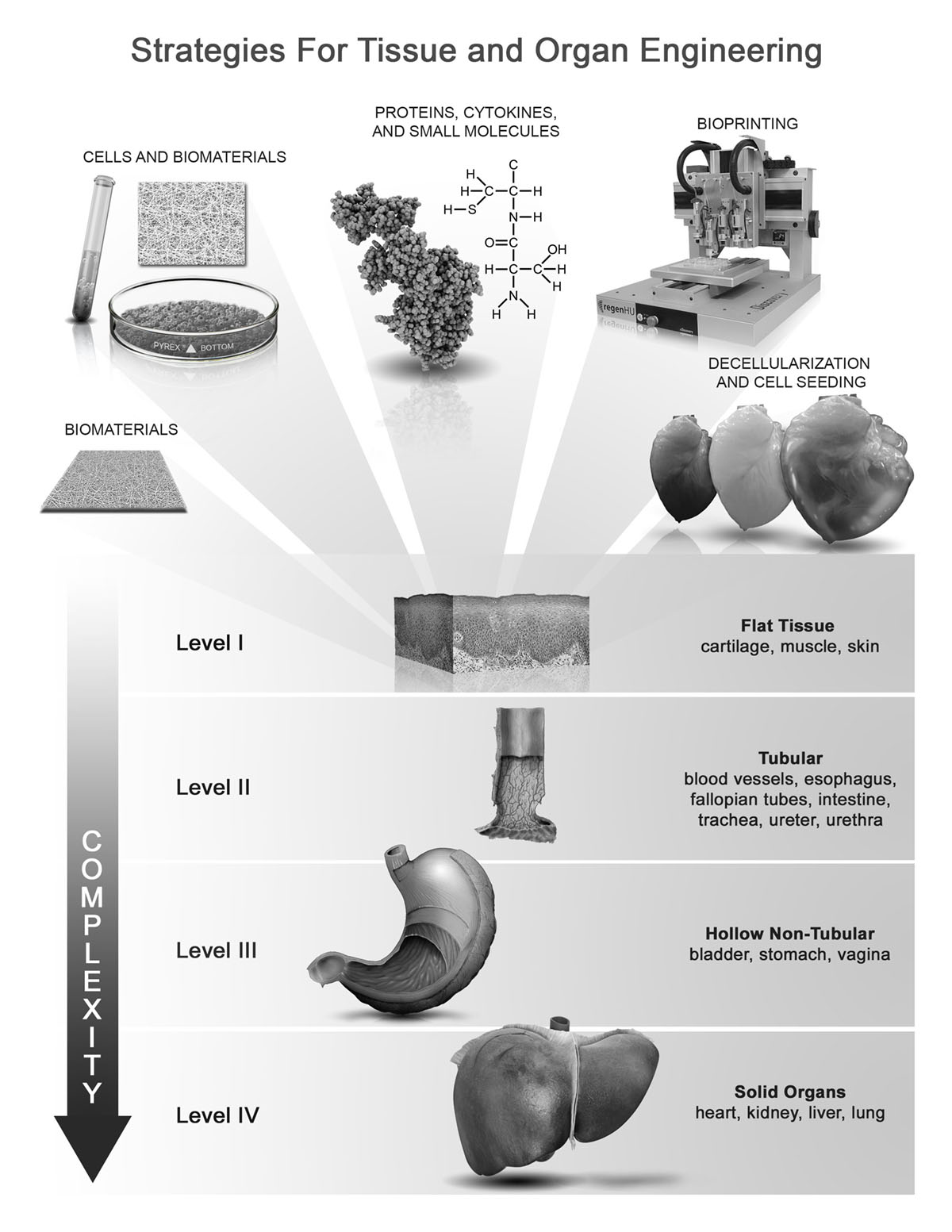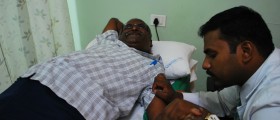
Bursitis is the inflammation of bursae of synovial fluid. Bursae are small sacks located at the points where muscles and tendons slide across a bone. Their normal functioning enables normal and smooth movement, but when bursitis occurs, the movement that relies on the inflamed bursa becomes painful.
The areas that are most commonly affected by bursitis are knees and elbows, but it can occur on the hip as well. Hip bursitis is diagnosed based on the symptoms reported by the patient, pain and swelling outside the hip, that becomes aggravated especially when climbing or descending the stairs, and also by the fact that the pain subsides after the doctor injects local anesthetic into the affected area. X-ray imaging is usually done to rule out other conditions, such as arthritis.
Causes of hip bursitis
Hip bursitis is commonly caused by repetitive motion and excessive pressure to the bursae and it is often observed in athletes, especially in runners and in those who play sports that include running, like soccer or football.
It can also occur due to an injury, such as a fall onto the upper thigh, with symptoms similar to hip pointer. This type of bursitis is called trauma bursitis.
Bursitis sometimes affects people who have undergone a surgery, especially hip fracture surgery or total hip replacement.
Treatment for hip bursitis
The exact treatment for hip bursitis, or for any bursitis for that matter, depends largely on whether or not it involves an infection.
In case of aseptic hip bursitis, or the one that does not include infection, the treatment consists of application of ice packs, rest, avoiding pressure and movement of the affected area and over-the-counter pain medication. The treatment may also include aspiration of the bursa fluid using a needle and a syringe.
The aspiration treatment can also be accompanied by injection of cortisone into the bursa. Patients suffering from bursitis are often advised to lose weight, if they are obese, to do stretching exercises and to wear proper footwear. Physical therapy is sometimes very helpful with this condition.
Septic bursitis, which includes an infection, rarely affects the hip but it does occur. In this case the bursa fluid is usually extracted and sent to the lab to determine the presence of microbes. This type of bursitis requires treatment with antibiotics, usually intravenously. It is often necessary to aspirate the bursa repeatedly, and in some cases it is necessary to surgically drain and remove the infected bursa, in a procedure called burserectomy.















-Symptoms,-Diagnosis,-Treatment_f_280x120.jpg)

Your thoughts on this
Loading...